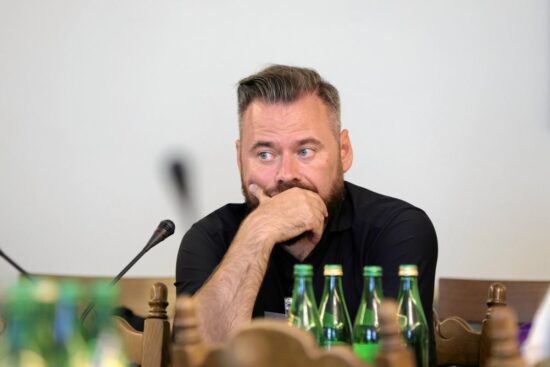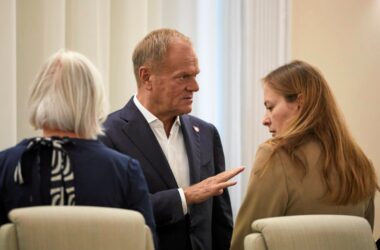A heated exchange on X between journalist Dorota Wysocka‑Schnepf and Kanał Zero founder Krzysztof Stanowski spiraled from an apology over an AI‑generated image to a jaundiced critique of personal identity and alleged political bias.
Listen, sorceress
The incident began when Kanał Zero staffer Mikołaj apologized for posting a mocking AI‑generated collage of European leaders. Wysocka‑Schnepf took issue with both the sign‑off—“Mikołaj, social media team”—and the staffer’s claim that the image’s origin was clear enough to the public.
Apology for the AI Image
Mikołaj admitted: “I was fully aware the image was AI‑generated, but I mistakenly assumed it was obvious to everyone, and that its humorous tone would be acceptable.” He expressed regret over the potential for misinformation.
Wysocka’s Response on X
Wysocka‑Schnepf: “Mikołaj has lost his name. The misstep would have only led to a risk of spreading misinformation. A photo from AI—people already know it. He’s mocking Poland’s security anchor with a joke, almost as “. Not exactly. She linked his critique to broader concerns, likening it to a priest’s reckless romanticization of a controversial figure, Joasia Dunikowska‑Paź.
Counter from Kanał Zero Founder
Krystian Stanowski replied, quoting the line “Listen, sorceress,” and dismissed the notion that a single name loss implies fewer Polish families would suffer. He referenced an Augustów gathering involving the journalist’s husband’s father, framing it as a trivial distraction.
Subsequent Exchanges
Further comments labeled the situation as a “heated defense of the image’s political intent,” with unclear motivations. Wysocka‑Schnepf argued that the brief period was “innocent” and suggested the picture’s status should not harm anyone. Stanowski acknowledged no personal agenda but clarified he does not align with people seeking to “harbor” others. He hinted at staying detached, offering help only when genuinely inclined.
What’s at Stake?
The debate underscores tensions over AI‑generated content, journalistic responsibilities, and the blurring line between satire and defamation. It highlights how a single image can ignite a wider conversation about media integrity and personal reputations.
Source: Gazeta,










